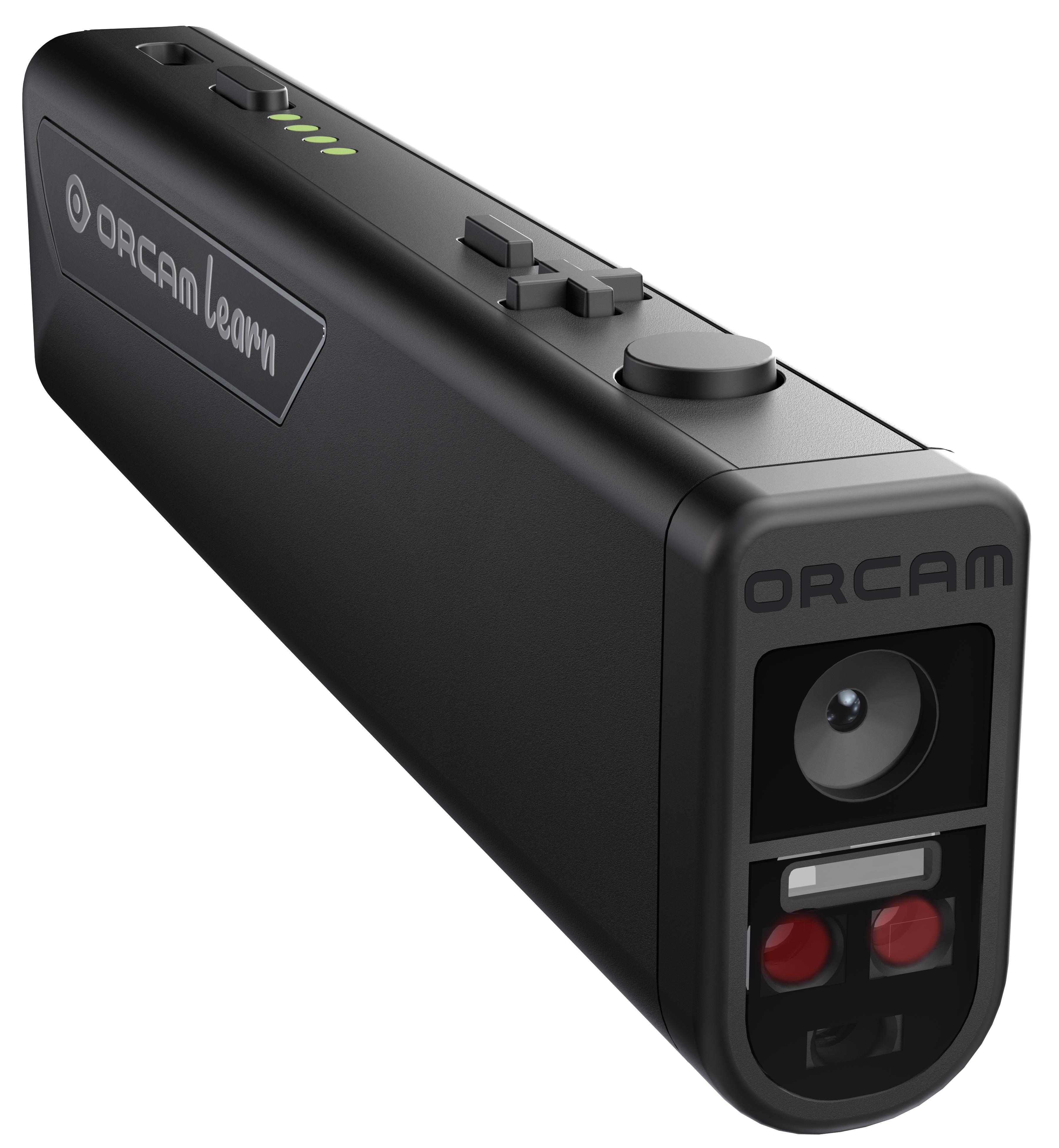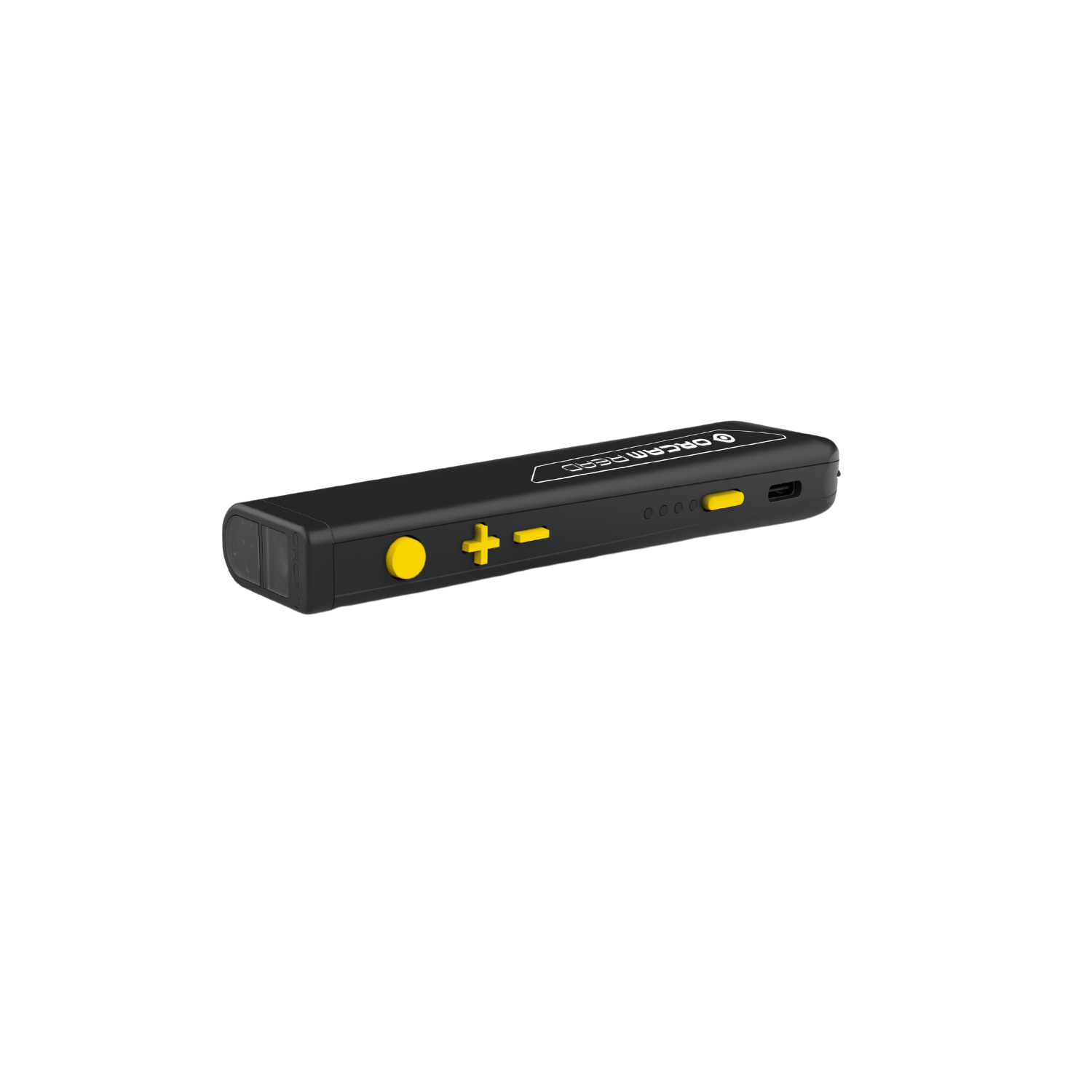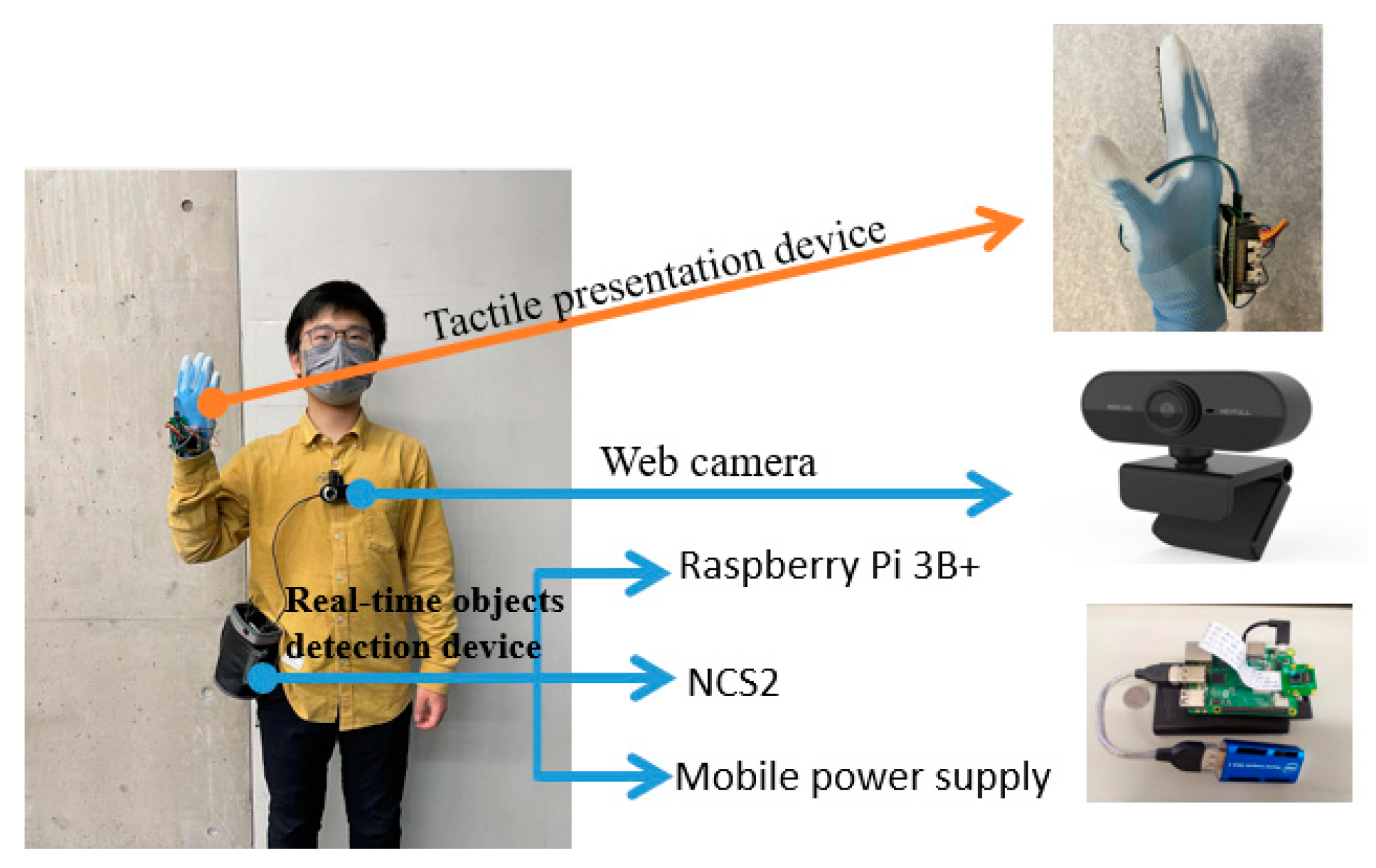Empowering Self-reliance With Assistive Innovation for the Blind
The combination of assistive technology into the lives of people with aesthetic impairments represents a significant innovation in promoting freedom and self-sufficiency. From ingenious screen visitors to innovative clever walking canes, these tools not only improve daily navigating and communication but likewise encourage customers to engage meaningfully in various facets of life. As we check out the myriad advantages and real-world applications of these modern technologies, it ends up being critical to take a look at the hidden variables that add to their effectiveness and the possibility for future growths in this vital field.
Introduction of Assistive Technology

The advancement of assistive modern technology is based in concepts of inclusivity and empowerment. Technologies in software application, hardware, and sensory improvements provide individuals with alternatives tailored to their specific demands. From screen readers that convert message to speech, to tactile devices that convey details via touch, these tools transform the method people engage with their environments.
Along with practical applications, assistive technology promotes greater social incorporation and participation in various markets, consisting of education and employment (Smart glasses for the visually impaired). As r & d remain to progress, the possibility for assistive modern technology to even more improve the lives of aesthetically damaged individuals continues to be appealing, leading the way for a much more equitable culture where everyone can prosper
Kinds Of Assistive Devices
A selection of assistive gadgets have actually arised to support people with aesthetic disabilities, each designed to fulfill particular requirements and enhance day-to-day functioning. These tools vary from low-tech remedies to state-of-the-art developments, supplying varied options for users.
Low-tech tools include magnifiers and large-print materials that aid in reading and writing. Braille devices, such as Braille slates and stylus pens, enable responsive analysis and interaction. Alignment and wheelchair help, like white canes, help customers navigate their environment safely.
On the higher end of the range, electronic magnifying systems and display viewers offer considerable assistance. Electronic magnifiers permit customers to expand message and pictures on screens, while screen viewers convert electronic content right into manufactured speech, helping with access to details on computers and smart devices.
Smartphone applications also play an essential role, giving features like text recognition and navigating support. Wearable technology, such as wise glasses geared up with enhanced reality, is becoming an appealing tool to enhance situational understanding.
Advantages of Assistive Technology
The assimilation of assistive innovation considerably boosts the top quality of life for individuals with visual disabilities. These technologies equip customers by advertising self-reliance, enabling them to navigate their environments a lot more successfully and perform everyday jobs with higher ease. For example, display visitors and zoom software program enable people to accessibility digital details, fostering academic and professional opportunities that might have formerly been out of reach.
Additionally, assistive devices such as smart walking canes and general practitioners applications offer real-time navigation aid, enhancing wheelchair and security. This enhanced autonomy not only enhances self-confidence but additionally encourages social involvement, permitting individuals to take part more completely in their neighborhoods.
Assistive modern technology also facilitates interaction, helping users get in touch with others through voice acknowledgment and text-to-speech applications. This capability is vital for preserving relationships and accessing vital information.
In addition, the customization his explanation options offered with several assistive technologies make sure that users can tailor gadgets to their particular requirements, better boosting use and effectiveness. On the whole, the advantages of assistive innovation for people with visual disabilities are profound, promoting a more comprehensive society where everyone can seek their objectives and desires.
Study and Success Stories
Highlighting the transformative influence of assistive innovation, countless case research studies show just how individuals with visual impairments have successfully incorporated these devices right into their every day lives. One engaging instance entails an university pupil who made use of screen reading software application to navigate academic products and on-line resources properly. This technology not only promoted her education and learning however additionally improved her self-confidence in taking part in discussions and group tasks.
One more situation study includes a professional that uses a smart device application made for navigating and things recognition. By utilizing this app, he has reclaimed autonomy in both his individual and job settings, enabling him to commute separately and engage with coworkers much more properly.
In addition, a retired person shared her experience with braille e-readers, which allowed her to access a substantial array of literary works and remain linked with her neighborhood via book clubs.
These success stories highlight the critical duty of assistive innovation in fostering freedom, enhancing top quality of life, and promoting social assimilation for people with visual impairments (Screen readers for the blind). By accepting these ingenious tools, customers can overcome obstacles and YOURURL.com seize opportunities that add to their expert and personal satisfaction

Future Patterns in Assistive Modern Technology
Innovation in assistive innovation is poised to redefine the landscape of support for individuals with aesthetic problems. Emerging trends emphasize the integration of fabricated knowledge (AI) and artificial intelligence, which boost the functionality of devices that help with navigation and details accessibility. For instance, AI-driven applications are now efficient in interpreting aesthetic data in real-time, allowing users to engage with their environment more separately.
Additionally, the development of wearable technology is advancing rapidly. Smart glasses geared up with augmented fact (AR) can provide audio summaries of environments, transforming just how users engage with public areas. These devices not just promote autonomy however additionally foster affordable eye exam near me social inclusion.
Furthermore, the Web of Things (IoT) is making homes smarter, permitting seamless connection between assistive tools and daily devices. This connection equips customers by making it possible for computerized reactions and voice-activated controls customized to private needs.
Final Thought
Finally, assistive technology plays a pivotal function in empowering individuals with visual impairments by improving their independence and engagement with their environments. The varied series of applications and gadgets available not only facilitates navigating and interaction yet likewise advertises social integration and possibilities for personal and expert growth. As developments proceed in this field, the potential for improving the lifestyle for those with aesthetic impairments will certainly expand, cultivating greater freedom and empowerment.
